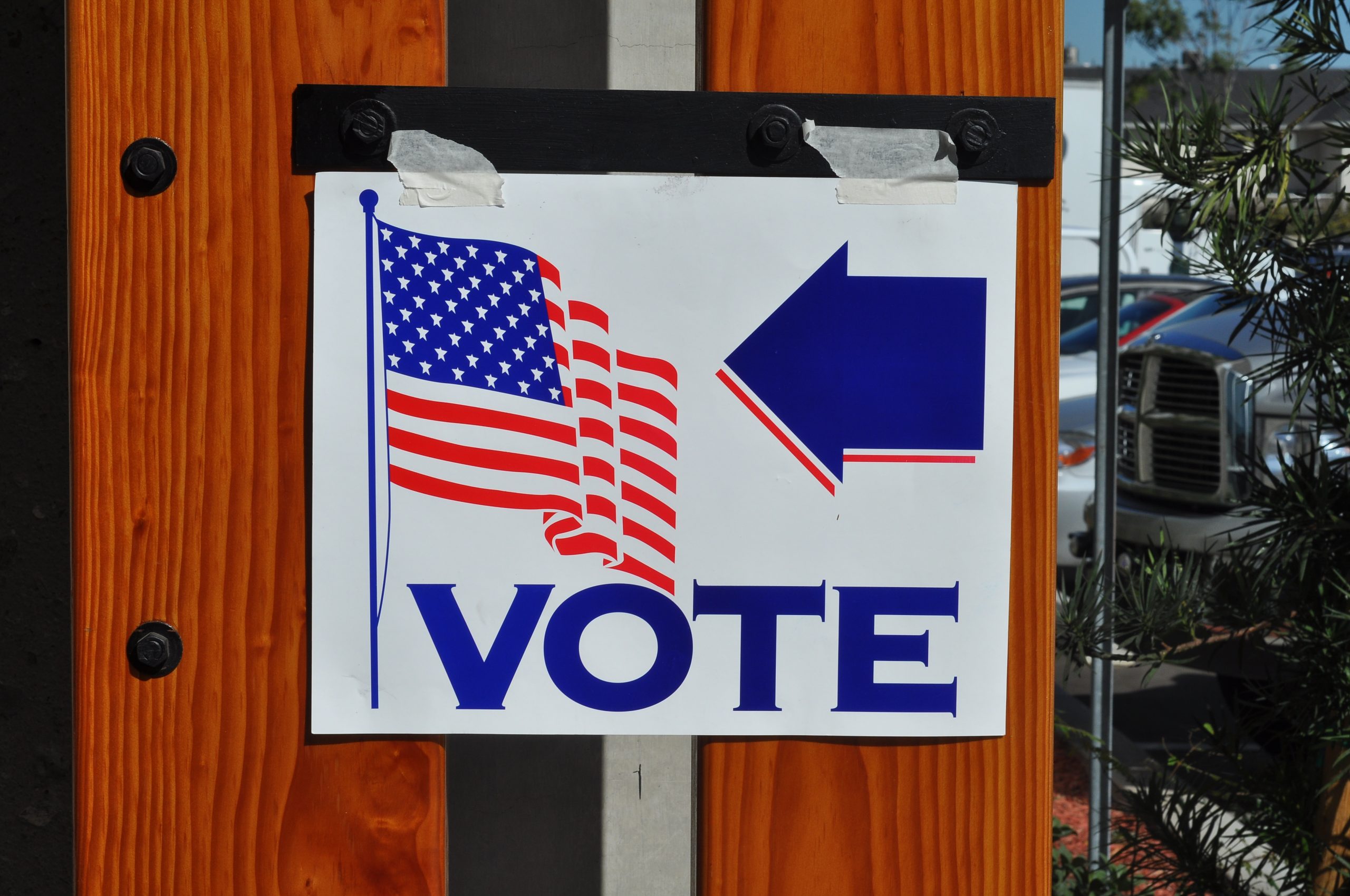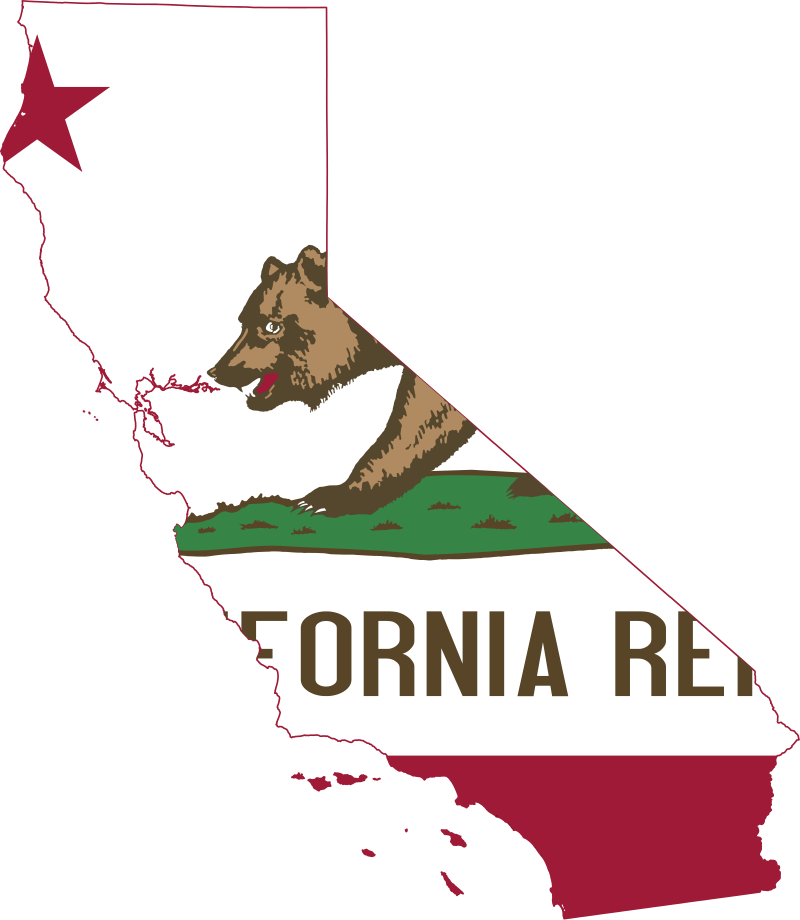
California State Capitol Dome. (Photo: Kevin Sanders for California Globe)
California’s Voting Rights Act
Upon a finding of a violation, the court is required to implement appropriate remedies
By Chris Micheli, January 29, 2022 3:05 pm
California’s Elections Code contains “rights of voters” in Chapter 1.5 of Division 14 under election day procedures. Section 14025 specifies that this act is known as the “California Voting Rights Act of 2001.” Section 14026 provides definitions for the following terms: “at-large method of election,” “district-based elections,” “political subdivision,” “protected class,” and “racially polarized voting.”
Section 14027 prohibits an at-large method of election from imposing or applying in a manner that impairs the ability of a protected class to elect candidates of its choice or its ability to influence the outcome of an election.
Section 14028 specifies that a violation of law is established if it is shown that racially polarized voting occurs in elections for members of the governing body of the political subdivision or in elections incorporating other electoral choices by the voters of the political subdivision.
The occurrence of racially polarized voting is determined from examining results of elections in which at least one candidate is a member of a protected class or elections involving ballot measures, or other electoral choices that affect the rights and privileges of members of a protected class.
In addition, the fact that members of a protected class are not geographically compact or concentrated may not preclude a finding of racially polarized voting, but may be a factor in determining an appropriate remedy. Proof of an intent on the part of the voters or elected officials to discriminate against a protected class is not required.
Section 14029 states that, upon a finding of a violation, the court is required to implement appropriate remedies, including the imposition of district-based elections, that are tailored to remedy the violation. Section 14030 provides that, in any action to enforce the law, the court is required to allow the prevailing plaintiff party, other than the state or political subdivision thereof, a reasonable attorney’s fee consistent with the standards established in Serrano v. Priest (1977) 20 Cal.3d 25, 48-49, and litigation expenses. On the other hand, a prevailing defendant cannot recover any costs, unless the court finds the action to be frivolous, unreasonable, or without foundation.
Section 14031 specifies that this chapter was enacted to implement the guarantees of Section 7 of Article I and of Section 2 of Article II of the California Constitution. Section 14032 states that any voter who is a member of a protected class and who resides in a political subdivision where a violation is alleged may file an action in the superior court of the county in which the political subdivision is located.
- Health Insurance Assignment - January 7, 2026
- Court-ordered Child Support - January 6, 2026
- Third-party Claims - January 6, 2026




Protected voter class under CVRA needs to extended to white Northern European extraction voters. and remove hispanic speaking voters as one of the current protected class. Mission accomplished.
Time to reconfigure minority voting groups and create special minority-majority white northern European extraction voting districts. 2020 Census demographics control this case.